I think this first appeared in the puzzle newsletter The Ag Mine — 12 chemical elements can be spelled using element symbols:
ArSeNiC
AsTaTiNe
BiSmUTh
CArBON
CoPPEr
IrON
KrYPtON
NeON
PHOsPHORuS
SiLiCoN
TiN
XeNoN
See Transmutation.
I think this first appeared in the puzzle newsletter The Ag Mine — 12 chemical elements can be spelled using element symbols:
ArSeNiC
AsTaTiNe
BiSmUTh
CArBON
CoPPEr
IrON
KrYPtON
NeON
PHOsPHORuS
SiLiCoN
TiN
XeNoN
See Transmutation.
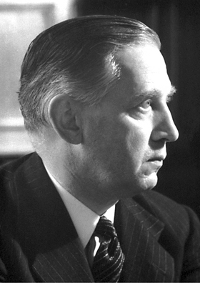
From Sir Edward Victor Appleton’s speech at the 1947 Nobel Banquet:
Ladies and gentlemen, you should not … overrate scientific methods, as you will learn from the story of a man who started an investigation to find out why people get drunk. I believe this tale might interest you here in Sweden. This man offered some of his friends one evening a drink consisting of a certain amount of whisky and a certain amount of soda water and in due course observed the results. The next evening he gave the same friends another drink, of brandy and soda water in the same proportion as the previous night. And so it went on for two more days, but with rum and soda water, and gin and soda water. The results were always the same.
He then applied scientific methods, used his sense of logic and drew the only possible conclusion — that the cause of the intoxication must have been the common substance: namely the soda water!
That’s from Ronald Clark, Sir Edward Appleton, 1971. Clark adds, “Appleton was pleased but a little surprised at the huge success of the story. Only later did he learn that the Crown Prince drank only soda water — ‘one of those unexpected bonuses which even the undeserving get from Providence from time to time,’ as he put it.”
Launched in November 1981, the Soviet Union’s Venera 14 probe carried a spring-loaded arm to test the soil of Venus.
The craft journeyed for four lonely months to reach its destination, descended safely through the hostile atmosphere, and landed securely on the surface.
The spring-loaded arm plunged downward — into a camera lens cap, which had just fallen there.
(Thanks, Merv.)
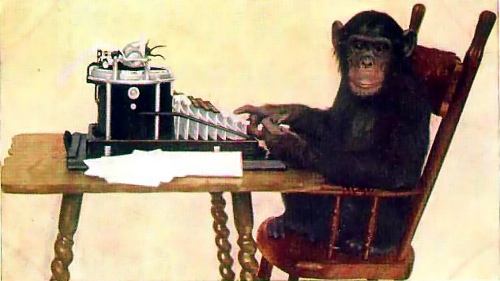
Apocryphal but entertaining: During one of Norbert Wiener’s talks on cybernetics, a student raised an esoteric point.
Wiener said, “Why, that’s as improbable as a bunch of monkeys having typed out the Encyclopaedia Britannica.”
The student said brightly, “But that’s happened once, anyway.”
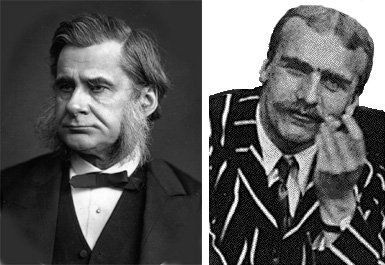
T.H. Huxley defined “four stages of public opinion” of a new scientific theory:
J.B.S. Haldane had a more concise list:
Louis Agassiz: “Every great scientific truth goes through three stages. First people say it conflicts with the Bible. Next they say it had been discovered before. Lastly they say they always believed it.”
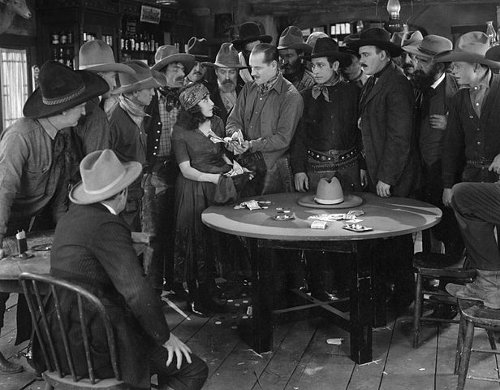
Niels Bohr liked westerns but found them exasperating. After one feature he told his friends, “I did not like that picture, it was too improbable. That the scoundrel runs off with the beautiful girl is logical, it always happens. That the bridge collapses under their carriage is unlikely but I am willing to accept it. That the heroine remains suspended in midair over a precipice is even more unlikely, but again I accept it. I am even willing to accept that at that very moment Tom Mix is coming by on his horse. But that at that very moment there should be a fellow with a motion picture camera to film the whole business — that is more than I am willing to believe.”
He did approve of movie gunfights, where the villain always draws first and yet the hero always wins. Bohr reasoned that the man who draws first in a gunfight is using conscious volition, where his opponent is relying on reflex, a much faster response. Hence the second man should win.
“We disagreed with this theory,” wrote George Gamow, “and the next day I went to a toy store and bought two guns in Western holders. We shot it out with Bohr, he playing the hero, and he ‘killed’ all his students.”
Since Helen’s face launched a thousand ships, Isaac Asimov proposed that one millihelen was the amount of beauty needed to launch a single ship. And one negative helen is the amount of ugliness that will send a thousand ships in the other direction.
When the taciturn Paul Dirac was a fellow at Cambridge, the dons defined the dirac as the smallest measurable amount of conversation — one word per hour.
Robert Millikan was said to be somewhat conceited; a rival suggested that perhaps the kan was a unit of modesty.
And a bruno is 1158 cubic centimeters, the size of the dent in asphalt resulting from the six-story free fall of an upright piano. It’s named after MIT student Charlie Bruno, who proposed the experiment in 1972. The drop has become an MIT tradition; last year students dropped a piano onto another piano:
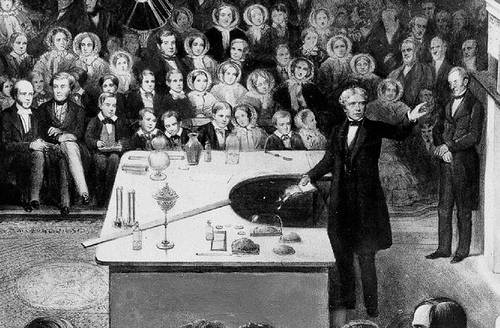
“While I am describing to you how Nature works, you won’t understand why Nature works that way. But you see, nobody understands that.” — Richard Feynman
“I am no poet, but if you think for yourselves, as I proceed, the facts will form a poem in your minds.” — Michael Faraday
“Now, this case is not very interesting,” said Bell Labs mathematician Peter Winkler during a lecture at Rutgers. “But the reason why it’s not interesting is really interesting, so let me tell you about it.”
Ernest Rutherford addressed the Royal Institution in 1904:
I came into the room, which was half dark, and presently spotted Lord Kelvin in the audience and realised that I was in for trouble at the last part of the speech dealing with the age of the Earth, where my views conflicted with his. To my relief Kelvin fell fast asleep, but as I came to the important point, I saw the old bird sit up, open an eye, and cock a baleful glance at me. Then a sudden inspiration came and I said Lord Kelvin had limited the age of the Earth, provided no new source was discovered. That prophetic utterance referred to what we are now considering tonight, radium! Behold! the old boy beamed upon me.
When Antonie van Leeuwenhoek declined to teach his new methods in microbiology, Leibniz worried that they might be lost. Leeuwenhoek replied, “The professors and students of the University of Leyden were long ago dazzled by my discoveries. They hired three lens grinders to come to teach the students, but what came of it? Nothing, so far as I can judge, for almost all of the courses they teach there are for the purpose of getting money through knowledge or for gaining the respect of the world by showing people how learned you are, and these things have nothing to do with discovering the things that are buried from our eyes.”

In 1784, French architect Étienne-Louis Boullée proposed building an enormous cenotaph for Isaac Newton, a cypress-fringed globe 500 feet high. A sarcophagus would rest on a raised catafalque at the bottom of the sphere; by day light would enter through holes pierced in the globe, simulating starlight, and at night a lamp hung in the center would represent the sun.
“I want to situate Newton in the sky,” Boullée wrote. “Sublime mind! Vast and profound genius! Divine being! Newton! Accept the homage of my weak talents. … O Newton! … I conceive the idea of surrounding thee with thy discovery, and thus, somehow, surrounding thee with thyself.”
As far as I can tell, this is unrelated to Thomas Steele’s proposal to enshrine Newton’s house under a stone globe, which came 41 years later. Apparently Newton just inspired globes.
In 2011 M.V. Berry et al. published “Can apparent superluminal neutrino speeds be explained as a quantum weak measurement?” in Journal of Physics A: Mathematical and Theoretical.
The abstract read “Probably not.”
In 1978 John C. Doyle published “Guaranteed margins for LQG regulators” in IEEE Transactions on Automatic Control.
The abstract read “There are none.”
(Thanks, Dre.)